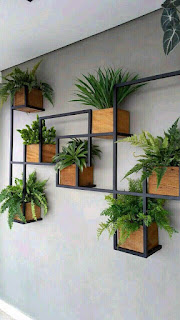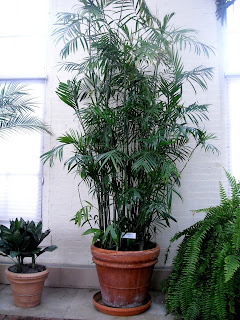Urban Gardening ideas
Rooftop gardening
If you enjoy gardening but find yourself limited by space, rooftop gardening can provide an excellent alternative, especially for city dwellers. These gardens have numerous benefits as well. For instance, rooftop gardens make use of space that would otherwise go unnoticed or unused and can be quite attractive. Rooftop gardens not only provide a unique way for urbanite gardeners to do what they love most but can also save on energy since rooftop plants supply buildings with additional insulation and shade. Furthermore, rooftop gardens can absorb rainfall, reducing runoff.
Rooftop garden design
l Nearly any type of roof can accommodate a rooftop garden. However, it’s important that you have a licensed professional check out the structural capacity of the building beforehand in order to assess whether or not the roof is stable enough to support the additional weight of a rooftop garden. This will ultimately determine the type of rooftop garden design specific to your situation. Typically, rooftop gardens can be constructed one of two ways
Rooftop container garden
The most common rooftop garden involves the use of lightweight containers. This design is not only popular but it’s easier to maintain, offers more flexibility, and is less expensive. Rooftop container gardens are ideal for roofs with a limited weight capacity as well and can fit any lifestyle or budget. In fact, many items, such as containers, may already be on hand and readily available to the urban gardener. These might include plastic butter bowls, Tupperware containers, or similar items that are suitable for growing plants. Add some drainage holes and you instantly have an inexpensive container. Since weight issues can oftentimes be a factor in choosing appropriate containers for a rooftop garden, lightweight containers, such as these, are excellent choices. Fibreglass or wooden planters can also be used. Lining the bottoms of containers with a lightweight material, such as peat or sphagnum moss, is another good idea. Rooftop container gardens are extremely versatile too. Plants can easily be rearranged or relocated to different areas, especially during winter when they can be moved indoors.
Green roof garden
The other, more complex, rooftop garden construction involves covering the entire roof, or the majority of it, with soil and plants. Referred to as a ‘green roof,’ this type of rooftop garden uses layers to provide insulation, drainage, and a growing medium for plants. Since this type of construction is more difficult to create, the assistance of qualified professionals is often required. However, there are many suitable resources available for constructing your own ‘green roof’ system. The first layer of the green roof is applied directly to the roof and is intended to guard against leaks as well as provide insulation. The next layer contains lightweight material, such as gravel, for drainage with a filtering mat positioned on top. This allows water to soak through while keeping the soil in place. The final layer includes both the growing medium and plants. Regardless of the type of rooftop garden design, growing mediums should always consist of lightweight soil or compost. The soil application should also maintain a depth that will not only sufficiently anchor plants but supports the weight capacity of the roof as well since wet soil can get quite heavy. In addition to being attractive, rooftop gardens are energy efficient and easy to care for, requiring little maintenance once established other than occasional weeding or watering. For those with little space but no rooftop, such as apartment or townhouse dwellers, you can still enjoy the benefits of a rooftop garden by implementing a balcony container garden instead. Whichever you choose, make sure your garden is easily accessible, and don’t be afraid to experiment. Even with the tiniest of spaces, city dwellers can have the garden of their dreams. Remember, the sky’s the limit, and with a rooftop garden, you’re that much closer to achieving your goals.







Comments
Post a Comment